Welcome to our week 3 recap of Kinesi’s “Turnout” workshop at Dancenter North. I continue to hear that the dancers attending class are keeping up with the exercises they learned during Week 1 and Week 2 and are feeling that their turnout is becoming easier and more comfortable. Fantastic! That’s exactly what we are aiming for. This week we learned a little bit about the hips- how they are structured and how they work.
The hip is a “ball and socket” joint that functions, like all other joints, in 3 dimensions. The ball is located at the top of the femur and the socket is located on the pelvis.
Front view of the right hip joint.
Back view of the right hip joint.
The hip can move:
- because the femur moves inside the socket (like the moving leg hip in battement), or
- because pelvis moves over/around the femur (like the standing leg hip in cambré), or
- because both the pelvis and the femur move at the same time (like both hips in grande jeté).
Regular movements performed in ballet and other forms of dance use all of these types of hip motion. During class last Saturday, we utilized mostly a “top-down” approach with exercises that cause movement of the pelvis over and around the femur.
As we discussed in Week 1, starting with successful movement is a much safer and more effective strategy than pushing into painful or very tight directions. And here’s the super-secret-magic* key to why: Movement is 3-dimensional. It occurs in 3 planes simultaneously at all joints and in all muscles of the body.
A visual depiction of the planes of motion. Forward and backward movement occur in the sagittal plane, side to side movement in the frontal plane, and rotational movement in the transverse plane. Although these planes are depicted as separate, all human movement has components in all 3 planes of motion.
If we have difficulty moving in one plane of motion, we will have difficulty moving in all three planes. On the other hand, if we can gain mobility in one plane of motion, we can gain mobility in all three planes.
Our bodies and brains are very smart. They will try their best to protect you from danger and pain is one of the ways they protect you. A stretch should feel good (though it can be a little intense) and should result in an improvement in movement in that direction. A feeling of very intense tightness or pain in the hip when it is fully stretched let’s you know there’s no more room to go. Rather than pushing hard into that direction and risking damage to your joints, ligaments, and tendons, stretch in a different direction that can be improved without pain.
For example, if pushing your hips to turnout (when standing up or in a frog stretch) is getting nowhere, try doing an exercise or stretch that causes your leg to turn in (see below for one to try). Turning in often feels really good for dancers and can be a great strategy to improve your overall hip mobility. I’ll say it again- when your hip moves better in one direction, it moves better in all directions. Sometimes turning in is actually a better way to work on turning out!
Stand on your left leg facing the barre and place your right hand on the barre. Then gently circle your left hand and right foot "around the corner" to the left until you feel a little bit of stretch in the outside of the left hip. Gently bend your left knee and keep your left foot planted, toes forward. Repeat 5-10 times as needed, then reverse to the other side. Please discontinue this exercise and consult your doctor or physical therapist if you feel pain.
Note: If you are experiencing intense or unrelenting pain in your hips with movement, please consult your doctor and/or physical therapist for further evaluation. These strategies are appropriate for healthy hips and are not meant to substitute for good professional or medical care.
Thanks again for joining us! Next week we will learn a little bit more about the hips and learn more strategies to maximize your successful turnout. See you then!
*Just kidding, guys. Although this is an important point, there's nothing really super secret or magic about it. It's just a truth of how your body works!





